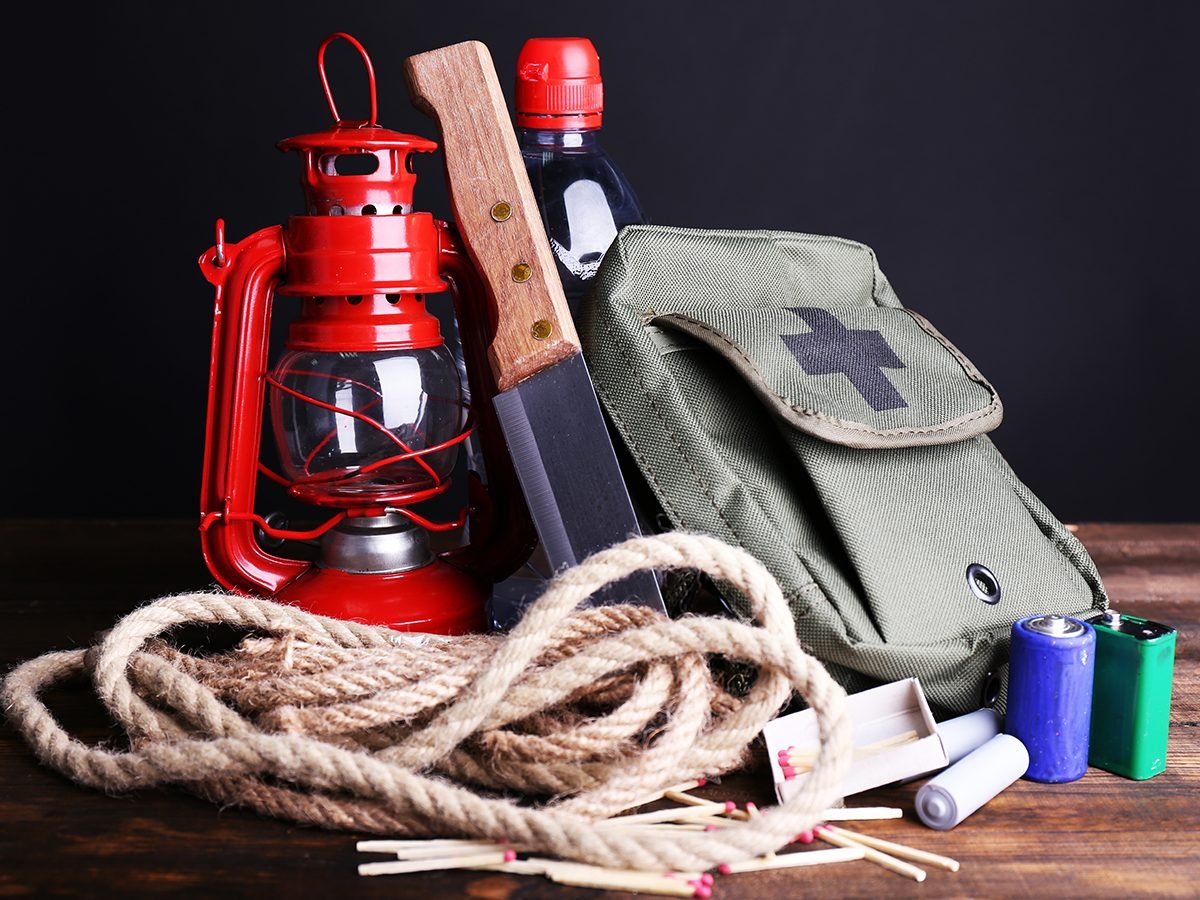
Assemble a natural disaster survival kit
Plan ahead by assembling a natural disaster survival kit with enough supplies to last at least 72 hours. Include blankets, water and food—and don’t forget a manual can opener, says Guy Lepage, a veteran Canadian Red Cross volunteer. “A lot of people have electric ones, but if you’ve got no power, you’ve got a big problem.”
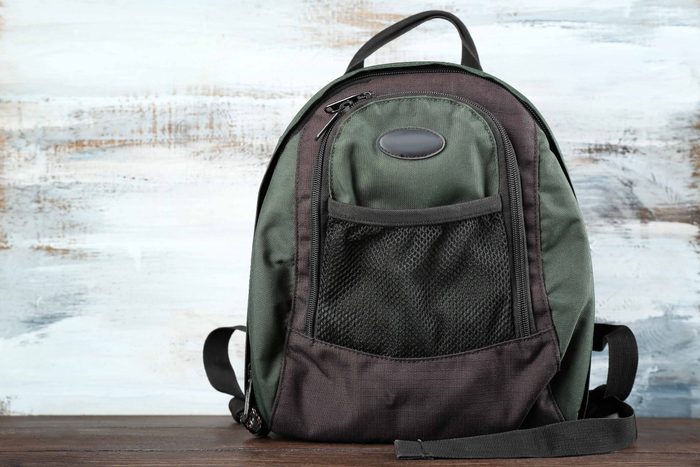
Keep your natural disaster survival kit in a backpack or gym bag
Make sure your natural disaster survival kit is placed in something that zips up and is easy to carry. Don’t get stuck with an unwieldy plastic container or unsealable bag during an evacuation.

Take extra care of medications
If you use a hearing aid and live in an area prone to earthquakes, secure the device to your nightstand using Velcro. As well, Lepage says running out of medications is one of the most common problems people face during an emergency, so always have at least three days’ worth of pills on hand.
Here’s what every first aid kit needs to include.

Remember your pets
Find out in advance which hotels and shelters allow animals, and stock your pet’s medication like you would your own. Keep a crate and plenty of food for your furry friend.
Read the terrifying story of the worst forest fire in Canada’s history.
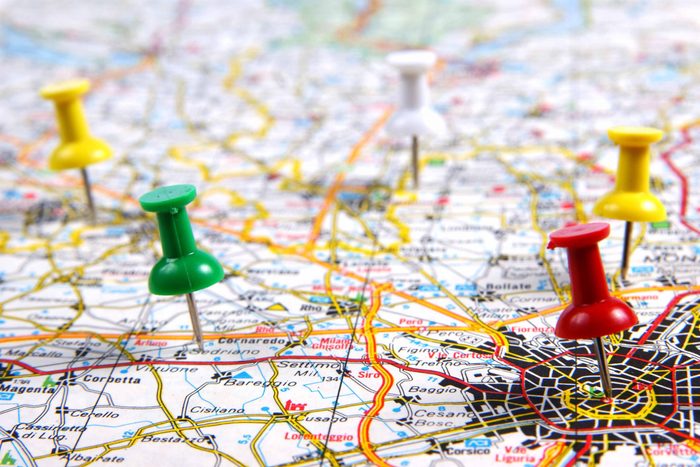
Never go digital
Analog maps and paper money may seem cumbersome in the digital age, but when a natural disaster knocks out the power grid, you’ll be glad to have them on hand.

Text instead of call
Let family and friends know you are safe by texting them instead of calling. A text is more likely to get through than a phone call if cellular networks are overwhelmed. Plus you will help free up phone lines, which are needed by rescue workers.
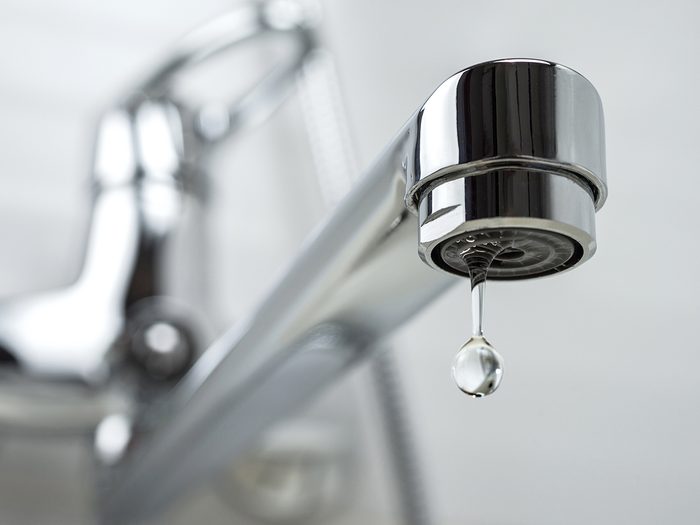
Collect water
If a winter storm has you stuck inside, let your faucets trickle continuously and collect the water in a basin. This will keep the pipes from freezing and ensure you’ve got enough water to cook and bathe (and make plenty of hot chocolate).
Take a look back at Canada’s worst snowstorms.
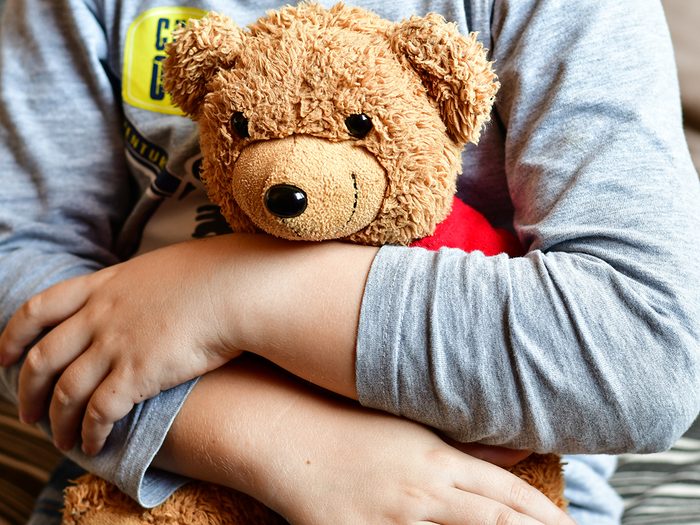
Make preparation a family affair
“We encourage people to discuss it around the kitchen table,” Lepage says. Ask your kids what they’d like to take with them during an evacuation. It may just be a blanket or a stuffed animal, but that could be enough to keep them calmer during a crisis.
Here’s more advice on how to prepare for a natural disaster as a family.
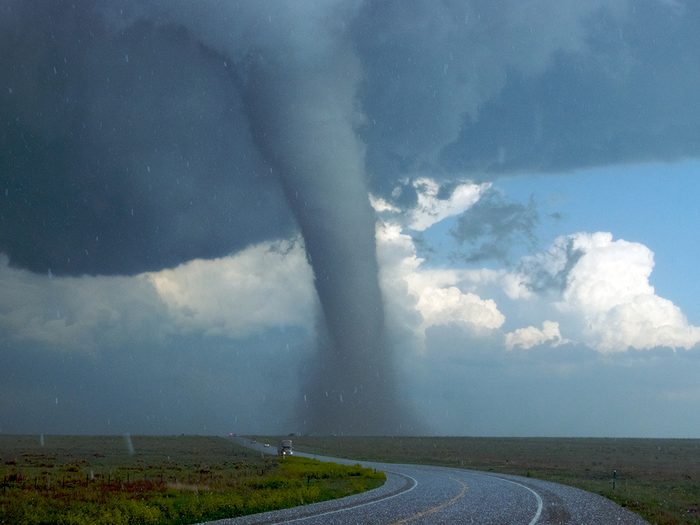
Don’t believe what you see in the movies
A doorway isn’t the safest place to be in an earthquake (you should seek shelter under a table instead), and waiting in your car beneath an overpass is one of the worst things you can do in a tornado. Don’t believe what you see in the movies.
This was the worst tornado in Canadian history.
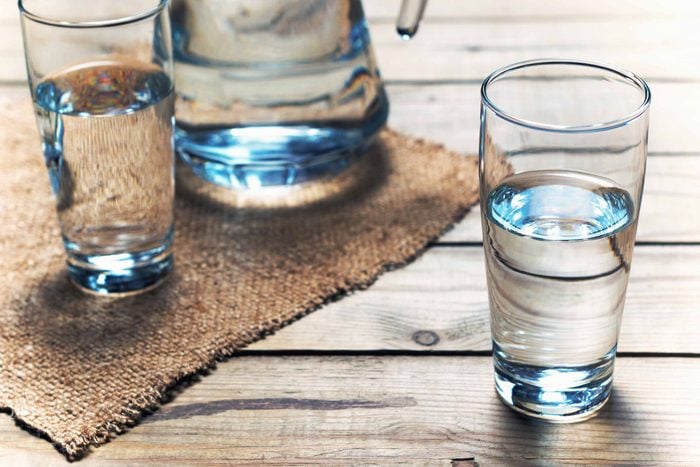
Purify your water
If the water in your area becomes contaminated, you may need to purify it using iodine tablets, which impart an unpleasant flavour. Make treated water more palatable by passing it back and forth several times between two separate containers.
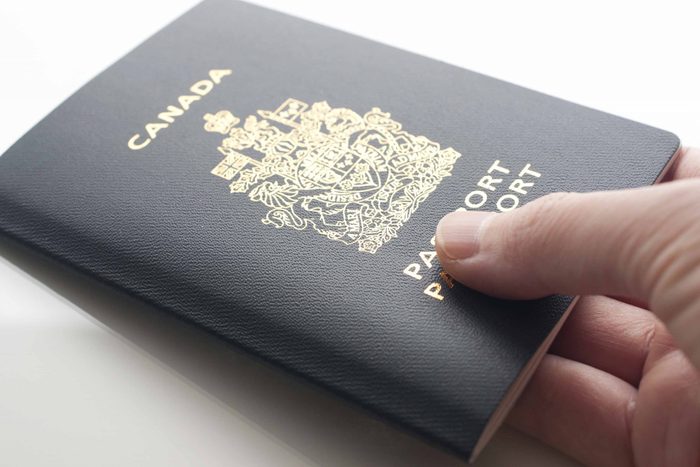
Photocopy important documents
Photocopy your passports, licences, wills and insurance forms—and store them in a re-sealable plastic bag, along with recent photos of family members. Scan each document to create a PDF file, which you can then email to yourself or store using a cloud-based service like Dropbox, iCloud or Google Drive.
How well do you remember your emergency response training? Take our first aid quiz and find out.
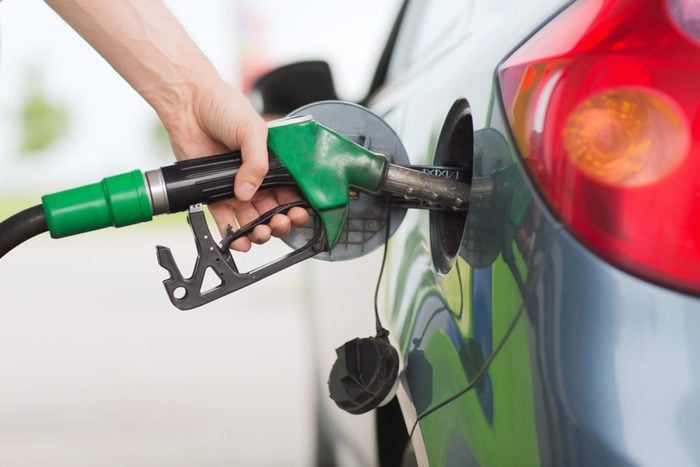
Keep your car’s gas tank full
Life in Canada doesn’t stop for a blizzard or an ice storm, so keep your car’s gas tank full to ensure the fuel line doesn’t freeze. And if you use a backup generator at home, remember never to run it indoors—even in the garage—as it could cause carbon monoxide poisoning.
Here’s what to do when your car breaks down in winter.
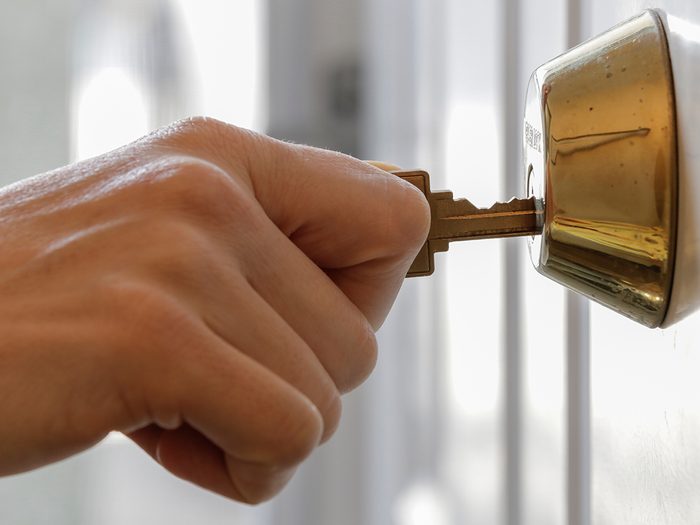
Practice makes perfect
Run through your emergency procedures once or twice a year, making sure each family member knows what to do. “If you get the call that you’ve got to evacuate,” Lepage says, “it’s a lot less stressful knowing everyone’s ready.”
Now that you know these natural disaster survival tips, take a look back at the worst natural disasters in Canadian history.